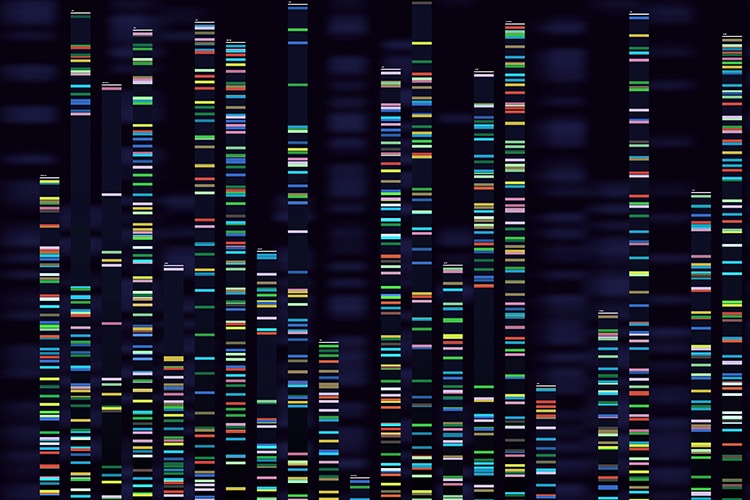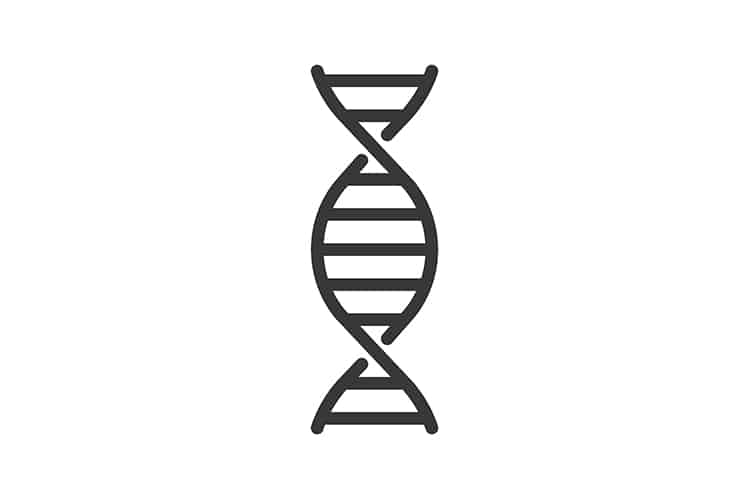Genetics and Caries Risk
Although caries risk assessments evaluate an individual’s caries experience, they tend not to assess the individual’s family history of caries to determine if heritability is contributing to the disease.

Although caries risk assessments evaluate an individual’s caries experience, they tend not to assess the individual’s family history of caries to determine if heritability is contributing to the disease. Not surprisingly, there are many genetic factors that likely contribute to caries risk and resistance, such as taste preference, salivary factors, immune response, tooth morphology, enamel composition and structure, and behavior. Dental caries is a chronic complex disease, so it is likely that multiple genes contribute to caries risk/ resistance vs a gene of major effect.
Photo Credit: Tetiana Lazunova / iStock / Getty Images Plus

Effect of Diet
The relationship between caries, diet, and genetics is an excellent example of the nature/ nurture interplay affecting a disease process. Hereditary conditions that cause dietary modifications are associated with either decreased and increased caries experience. Hereditary fructose intolerance is a rare autosomal recessive hereditary condition caused by mutations in the gene coding for aldose B. Due to the inability to effectively metabolize fructose and sucrose, affected individuals markedly restrict their intake—resulting in fewer caries lesions compared with unaffected individuals. Patients with generalized recessive dystrophic epidermolysis bullosa have marked mucosal oral fragility and scarring, along with the need for high caloric intake to support wound healing and compensate for poor nutrient uptake. Affected individuals typically eat slowly, have delayed oral clearance of food, and consume carbohydrate-rich diets; collectively, these result in a high caries rate.
Photo Credit: marilyna / iStock / Getty Images Plus

Role of Taste
Taste preference is determined by genetics and environmental exposures. The link between taste preference and dental caries is not a new concept. The human sense of taste evolved to help detect important sources of nutrients (eg, sugars, salts, and amino acids) while protecting the individual from poisonous substances (eg, acids and alkaloids). Taste buds and taste receptors reside in the oral cavity largely on the tongue, and are coded by families of genes that reside in clusters in the human genome. Studies suggest associations of differing caries levels in people with genetic variations in their taste genes.
Photo Credit: FuzzMartin / iStock / Getty Images Plus

Immunity
A certain segment of the population is considered to be immune from dental caries (ie, highly protected and unaffected), and part of this resistance is thought to emanate from the immune system. Saliva provides a rich medium to support the oral cavity’s immune response and does so with many genes that have antimicrobial properties, such as the salivary peroxidase system. Several genes that code for proteins with antimicrobial properties that are secreted in saliva have been associated with caries susceptibility, such as lactotransferrin.
Photo Credit: lukpedclub / iStock / Getty Images Plus

What’s Next
Scientific understanding of genetics and its role in caries has advanced tremendously over the past 60 years, but remains quite incomplete. Twin studies provide an interesting model for determining the nature-vs-nurture aspects of caries, as most studies show strong genetic contributions to caries experience. Given the complex nature of dental caries, with the many diverse contributing determinants of disease and genetic/environmental interactions, it is understandable that numerous genes are being implicated in caries risk and resistance. The goal of studies to determine potentially important genetic factors is to allow more precise caries risk assessment, and, ultimately, more targeted, personalized interventions that will effectively prevent and manage the disease.

